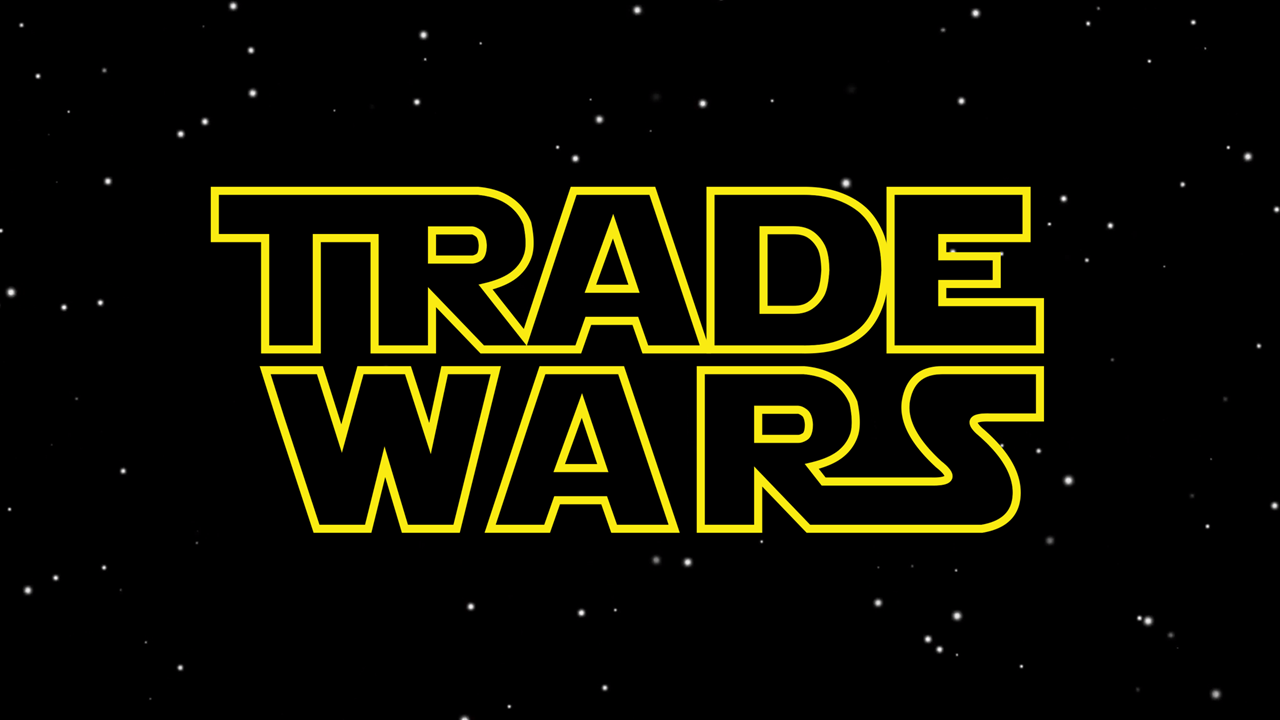Six-Chart Sunday (#55) – Trade Wars
6 Infographics + 1 Video (The Great Tax Debate of 2025 -- What to Expect)
Trade policy volatility is back. For the next four years businesses, governments and investors will need to navigate significantly higher uncertainty and increased political, geopolitical and supply chain risk. President Trump ran promising an “America First” trade agenda including robust tariffs to promote reshoring, reindustrialization and deficit reduction, among other goals. Here’s six charts looking at the new / old trade war dynamics.
Historic Trade Deficit in 2024. The “U.S. trade deficit [exports minus imports] hit a record in 2024 as imports surged. A strong dollar helped drive an uptick in U.S. imports last year, while export growth remained modest.” (NYT).
The Optimists’ Take: Trade Fuels Growth. Trade optimists point out that while the absolute size of the trade deficit hit new highs, the trade deficit as a percentage of the economy (GDP) is down from previous highs (FRED chart below shows BEA data), and that trade deficits do not correlate with slower growth or higher unemployment. “Imports do not subtract from GDP,” notes star economic blogger Noah Smith, and notwithstanding our persistent trade deficits “the American economy has left other rich countries in the dust” (The Economist).
The Pessimists’ Take: Double Deficits Portend Doom. The U.S. has run a trade deficit in each of the past 30 years, cumulatively importing nearly $16 trillion more in goods and services than we exported. Some argue our consumption is financed, in part (indirectly), by government borrowing from abroad… as of the end of 2024 roughly ~$9 trillion in federal debt is currently held by foreign investors. The pro-free trade Cato Institute argues “reducing the U.S. trade deficit would require promoting a higher domestic rate of savings, especially by the heavily indebted U.S. government—not restricting trade.”
The “Trade War Toolbox” Extends Well Beyond Tariffs. While President Trump has extolled the benefits of tariffs (“the most beautiful word in the dictionary”) to reduce deficits, grow the economy, reshore supply chains and even help bring peace in Ukraine, the U.S. and nations around the world increasingly draw on a wide array of industrial policies to advance perceived national interests. Trade challenges are growing and will likely expand the rest of this decade.
Mostly Gas, Some Brakes. Impacted industries, investors & foreign governments strive to understand, anticipate and shape Trump Administration trade actions. Last weekend’s scramble to prepare for 25% tariffs on Canada & Mexico (which were delayed) and 10% tariffs on China (enacted) offered some clues on what might impact U.S. decisions: reactions by financial markets, public opinion, concessions by trading partners, and engagement by key lawmakers or industries / business leaders.
Managing Amidst Uncertainty. With trade policy volatility near record highs, concerned businesses are taking proactive steps to mitigate risk including (a) managing inventories more intentionally, (b) reconfiguring supply chains, (c) hedging currency risks, (d) expanding legal and lobbying efforts, (e) increasing political & geopolitical intelligence capabilities and (f) standing-up focused, cross-disciplinary internal teams.
Speaking of trade policies… upcoming live event this Wed. Feb. 12th at 3pm… Karl Rove on “McKinley, Trump & the New/Old Politics of Protectionism”… register here
VIDEO
U.S. taxes are set to increase nearly $6 trillion unless Congress can extend the Tax Cuts & Jobs Act this year. President Trump wants to renew and expand this signature legislation, but Congressional margins are tight. We discussed the prospects for tax in 2025 with the top two experts in town - Shahira Knight & Sage Eastman.












One wonders whether the President is using tariffs as a negotiating tool or a means of producing revenue. It may work as a tool to negotiate better trade terms, but I doubt it works as a revenue source. It is definitely playing with fire.